The Jaigarh Fort is a majestic stronghold built by Sawan Jai Singh II. This almost-intact fort is surrounded by huge battlements and is connected to the Amer Fort (also called ‘Amber’ Fort), with subterranean passages. Originally built to protect the Amer Fort and the palace within the complex, the Jaigarh Fort is architecturally similar to the Amer Fort, and offers a panoramic view of the city of Jaipur. The fort houses the world’s largest cannon on wheels, a majestic palace complex and the assembly hall of the warriors known as ‘Shubhat Niwas’ along with a museum and an armory. Apart from the intricate architecture of the fort, the fort was also renowned for a huge treasure that was believed to be buried under the fort. It is now said that the government of Rajasthan seized the treasure when it was discovered in the 1970s. The Jaigarh Fort was built to secure Jaipur City and the Amer fort from warlords and rivals.
Jaigarh Fort was built as a defensive fort in order to defend the Amer Fort. The fort was renovated by Raja Jai Singh in the 18th century. The design of the fort was made by Vidydhar. The fort was built as a residential place for the king and royal family. Later the fort was used to keep weapons.
Jaigarh Fort under Meenas
History also says that Jaigarh Fort is as old as the Amer Fort. The fort was built by Meenas during their rule in Amer. Since they worshipped Goddess Amba so they named the town as Amer or Amber.
Jaigarh Fort under Kachwahas
Kachwahas took over the city of Amer from Meenas and ruled during the Mughal period and later. During the rule of Aurungzeb, the fort was given to Raja Jai Singh II who renovated the fort. Raja Jai Singh also built the city of Jaipur which was his dream project. Like Jaigarh fort, Jaipur was also planned by Vidyadhar.

Jaigarh Fort during Mughal Period
During the Mughal period, the fort was used to keep weapons which was used in the wars. During the rule of Shah Jahan, Dara Shikoh looked after the work in the fort. When he was killed by his brother Aurungzeb, the fort came under Raja Jai Singh who renovated the fort.
During the rule of Akbar, Raja Maan Singh accepted to come under Akbar’s rule through a treaty. It was stated in the treaty that the kingdom that Maan Singh will win will come under Mughal rule and the treasure will belong to Maan Singh. He won many places in Afghanistan and others and got a huge treasure which was kept in Jaigarh Fort. Jaigarh Fort is also known as Victory Fort as nobody was able to capture the fort.
Located on the Hill of Eagles, Jaigarh fort was built in 1726 AD by Sawan Jai Singh II. Jaigarh Fort is located at a height of 500 feet above sea level and offers panoramic views of the surrounding. It houses the world’s largest cannon on the wheels called ‘Jaivana Cannon’. There are various other attractions within the fort like Laxmi Vilas, Lalit Mandir, Aram Mandir and the Vilas Mandir.
Jaigarh Fort is made-up of sandstones and is spread over an area of 3 km. Made with the purpose of protecting Amer Fort, Jaigarh fort is considered as the strongest monument of Jaipur. Also known by the name of ‘Victory Fort’, this place was considered as a storehouse of all the war amours, cannons, arms and ammunitions. There is a Persian style garden within the complex of the fort which is divided into 4 parts. The best part about the fort is its windows which are made of lattices. These windows allow a complete view of the exteriors, but nothing can be observed from the outside.
About Jaigarh Fort
Jaigarh Fort is a monumental fort located on the Aravalli Ranges of Rajasthan, towering at an impressive height of 500m above sea level. The fort was constructed in 1726 by the famous Raja Jai Singh II as a means to fortify the Amer Fort.
In fact, you can see an unobstructed view of Amer Fort and its complex from the Jaigarh Fort and also witness a breath-taking view of the green hills and lakes that surround the fort. It is one of the most distinctive historical monuments in the Jaipur area and has many unique features that make it unique.
The largest canon in the world, which is called the Jaivana Cannon, can be found inside the premises. The canon was built inside the Jaigarh Fort itself and is said to have participated in many famous Rajput battles and wars. Other attractions inside the fort include the Vilas Mandir, the Aram Mandir, Laxmi Vilas and the Lalit Mandir.
A unique feature of the fort is the lattice-work windows from where you can observe the expanse of the surrounding landscape and the large Persian garden which has four distinct parts. The original purpose of the Jaigarh Fort was to store arms, ammunition, armours and supplies for the Amer Fort in case of war.
It is now a significant historical monument itself, with visitors travelling from far and wide to get an insight into the rich culture and history of the Rajputs of Amer. The monument is approximately 3 kilometres long and stands at a width of 1 kilometre.
History of Jaigarh Fort:
The area that is home to the Jaigarh Fort and the Amer Fort was initially ruled by the Meenas, and it is believed that the Jaigarh Fort was built by them along with the Amer Fort. The Meenas originally built the fort as the home of the King and the royal family, who resided there, apart from their residency in the Amer Fort.
After the Meenas were overthrown by the Kachwahas, they made certain changes in the structure of the fort. During the rule of the Mughal ruler Aurangzeb, the fort came under the charge of Raja Jai Singh II who made significant changes to the structure and utility of the fort, and because of his contributions, the fort came to be named Jaigarh- after Jai Singh.
Throughout the reign of the Mughals, including that of the great emperor Akbar, Jaigarh Fort was used as a place to keep the treasure, loot, arms, ammunition and other supplies for the Rajputs. An interesting feature about the fort is that despite seeing several rules and coming under siege many times, no one truly ever managed to capture the fort, which is why it earned the name- Victory Fort.
Architecture of Jaigarh Fort:

Jaigarh Fort is a massive sandstone structure that is built in Indo-Persian style, complete with cyclopean walls that have been held together with lime mortar. The structure consists of a square garden that is surrounded by ramparts which lead to the upper levels of the fort.
There is also a central watchtower from where one can get a clear, unobstructed view of the stunning landscape on all sides. One of the most interesting features about the architecture of the fort is the lattice windows, which are so intricately designed that one can get a clear view of the outdoors from inside, but no one from outside can see the interiors through these windows.
The main entrance of the Jaigarh Fort is called the Dungar Darwaza. There are two ancient temples within the premises of the fort including the Ram Harihar Temple that was built in the 10th century and the Kal Bhairav Temple that has existed since the 12th century.
Guests can walk through courtrooms, restrooms, assembly halls and much more, which are a testimony to the brilliant architecture and construction techniques of the Rajputs. There are fortified gates throughout the fort that offer incredible views of the Aravalli ranges and Sagar Lake located in the vicinity of the fort.
How to Reach Jaigarh Fort
From Airport:

The nearest airport to Jaigarh Fort is in Jaipur, which is connected to all the major cities in India by flight. From Jaipur Airport, one can hire buses, taxis and even rickshaws to take them to Jaigarh Fort. The most convenient and affordable means of transportation between the fort and the airport is buses. However, you can also hire private taxis and even rickshaws (even though these are a little more expensive).
Best Time to Visit Jaigarh Fort
The best time to visit the fort is between November and February. These are the winter months in Amer and while the nights can get a bit chilly, the mornings remain pleasant and allows for a great opportunity to explore the fort.
What Not to Miss at Jaigarh Fort
Attractions around Jaigarh Fort:
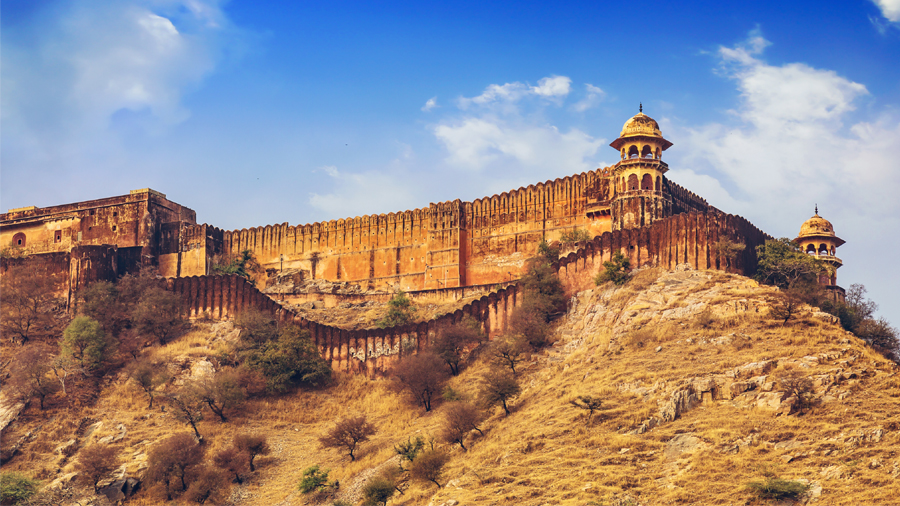
Despite Jaigarh Fort being an exciting tourist attraction in itself, there are several exciting places to visit in the vicinity. Here are interesting attractions around Jaigarh Fort:
1. Amber Fort – Jaigarh Fort was built as a fortification for the famous Amber Fort. Amber Fort has a rich and varied history of its own, with opulent structures, great views and royal architecture that will leave you spellbound. The fort took 148 years to build, and every corner of the structure will remind you of the grandeur of the Rajputs.
2. The Shila Devi Temple – The Shila Devi Temple is a temple dedicated to Goddess Kali, located inside the Amber Fort. The temple is made of sandstone and is surrounded by a geometric garden. The temple, which is over 400 years old, is said to have been constructed for a Bengali princess who came to live in Amber Fort after her wedding to a Rajput Prince.
3. Anokhi Museum of Hand Printing – The Anokhi Museum is a small, quaint shop that is dedicated to the age-old craft of block printing by hand. It is located a short walk of around 18 minutes from the Jaigarh Fort. You can buy authentic local textiles, handicrafts and much more when you are here. It is also home to a small café that serves some of the best organic coffee in the area.
4. Panna Meena ka Kund – This is an ancient well that is located at a short distance from the fort. This incredible structure, which was built in the 16th century, was used as a well and irrigation centre by the locals of the area, who used to gather and discuss their daily lives. There is also an adjoining temple, another interesting heritage site that is worth visiting.
5. Elephantastic – Jaipur and its surrounding areas are known for their exciting elephant rides. One such place where you can enjoy a short tour on the back of an elephant is Elephantastic, where there are trained elephant caretakers and guides who are guaranteed to give you the best time.
6. The Sound and Light Show in Amber Fort – One of the most unique ways of discovering the vibrant history of Amber Fort is by checking out the Sound and Light show that uses HD sound and laser lights to project the history of all the rulers of Amber Fort on the walls of the palace itself.
Other Essential Information About Jaigarh Fort

Location: Devisinghpura, Amer, Rajasthan 302028
Timings: The fort is open every day, from Monday to Saturday, from 9:30 am to 4:45 pm. On Saturdays, the Jaigarh Fort remains open till 8:00 pm.
Fee: The entry fee to the Jaigarh Fort is INR 35 for Indian nationals, while foreigners and tourists from outside the country have to pay INR 85 for entrance.
Facts about Jaigarh Fort:
Jaigarh Fort is one of the oldest forts in Jaipur with a rich history. Here are a few interesting facts you should know about the structure:
-Jaigarh Fort is made entirely of red sandstone that is composed of dressed stone that has been held together with lime mortar.
-Even though it is famous in history as a store-house for battle paraphernalia, it started as a royal residence for the Rajas and Maharajas of Amer.
-The area around the fort was full of ore mines which resulted in Emperor Shah Jahan using it as one of his main cannon foundries.
-In fact, the Jaivana Cannon, which was then the largest cannon in the world and is now the largest moveable cannon in Asia can still be found on the premises of the Jaigarh Fort.
-The cannon weighs over 50 tonnes with a barrel that is 20.19 feet long and a diameter of 11 inches. It has been fired only once since its construction.
-One of the most attractive features of the fort is the central watchtower which was used by rules to keep an eye out for incoming invaders or attacks. It now serves as one of the most beautiful viewpoints in the Amer area, from where you can get an unparalleled view of the mountainside.
-The fort received a lot of media attention in 1977 when it was rumoured that a treasure left by the Kachwaha rulers still existed within the premises of the fort. The then Prime Minister of the country, India Gandhi, launched a treasure hunt when the Fort was closed for three days and officers from the Income Tax Department searched the Jaigarh Fort for the Kachwada treasure, but ultimately no treasure was found.
-It was later concluded that the treasure must have been utilized by Raja Jai Singh II built the city of Jaipur.
About Jai Vana:

The Jaivana cannon was built on the premises of the Jaigarh Fort in 1720 by Jai Singh II. It was then the largest cannon in the whole world, with a total weight of 50 tonnes (50,000kg) and a length of 20.19 feet. Unlike traditional cannons which are mounted on two wheels, the Jaivana is mounted on 4 wheels.
This cannon can rotate 360 degrees and was originally made for intense warfare. However, because Shah Jahan (during whose time it was built) and the Rajputs were on friendly terms with each other, the cannon has only been fired once during its lifetime. It can still be found inside the Jaigarh Fort and is considered one of its primary attractions.
Tips for visiting Jaigarh Fort:

Here are some travellers’ tips to help you make the most of your trip to Jaigarh Fort.
-Comfortable clothing is a must when you are visiting Rajasthan. Breathable fabrics like cotton and linen are recommended so that you don’t get too hot, even during the day.
-You should carry a pair of climbing shoes and boots with you, in case the opportunity to explore the rough, hilly terrain arises. There are also a lot of sloping roads, so comfortable shoes should help you navigate the area better.
-Unless you have an in-depth knowledge of the Jaigarh Fort, it is best to explore the area with a guide. There are long, winding passages and confusing corridors within the huge interiors, so it is very easy to get lost inside.
-It is very important to stay hydrated in the Rajasthan heat, so carry water bottles with you at all times.
-Even though all parts of the fort are pretty much accessible, it is best to be careful around the edges of the terrace, doors and windows.

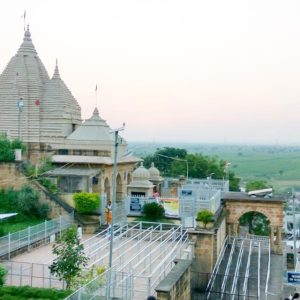
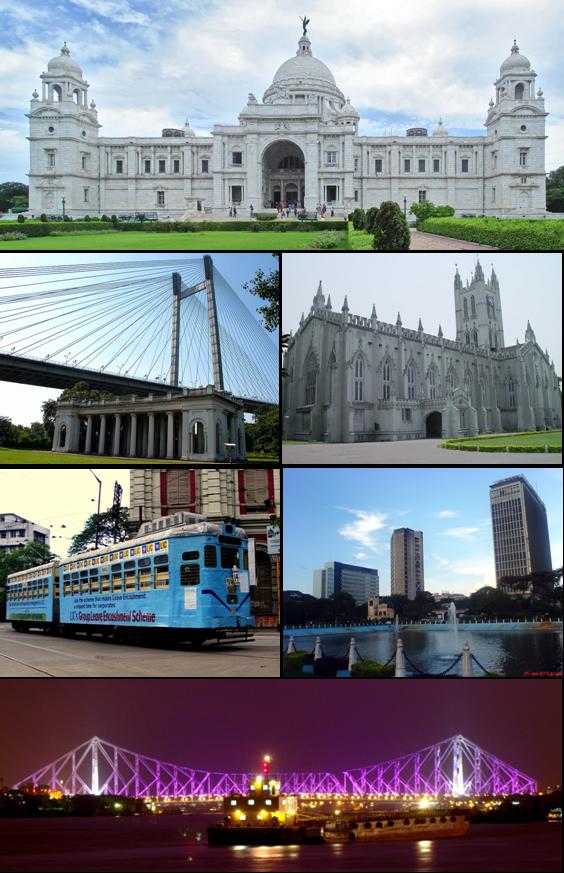
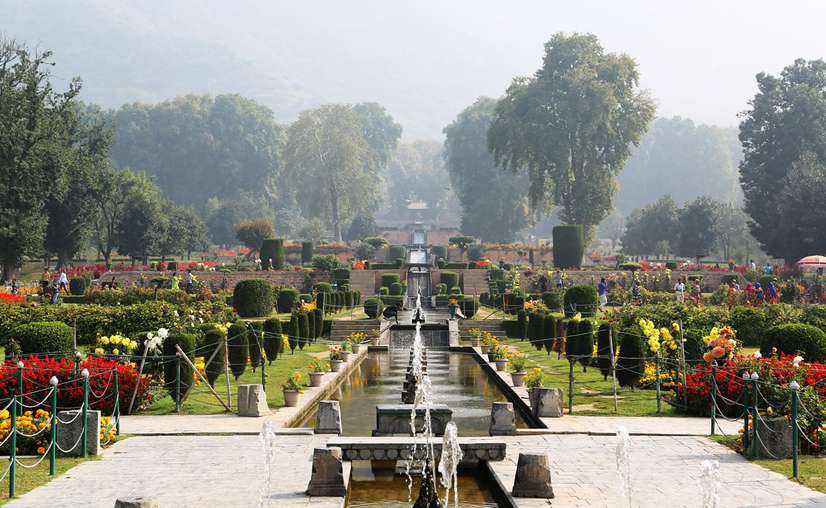

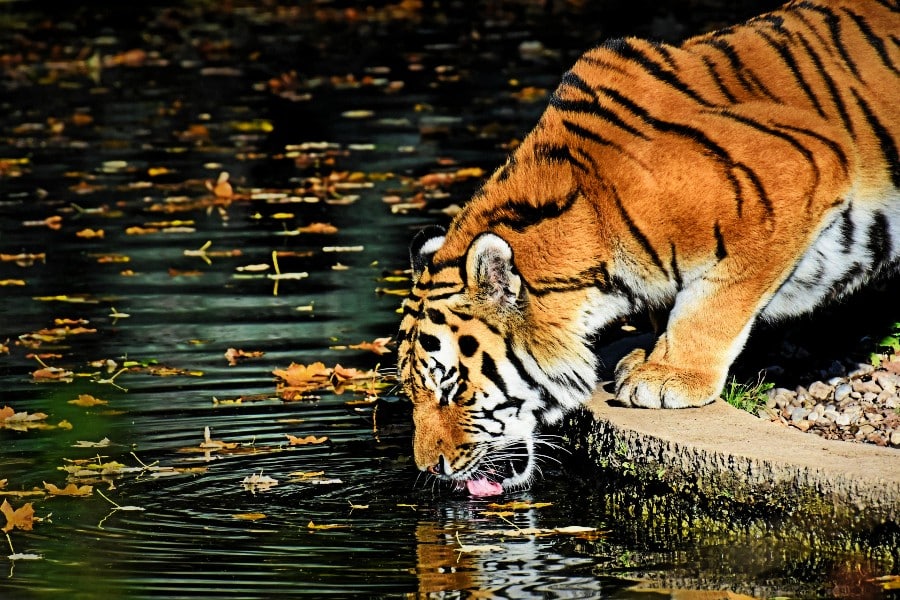

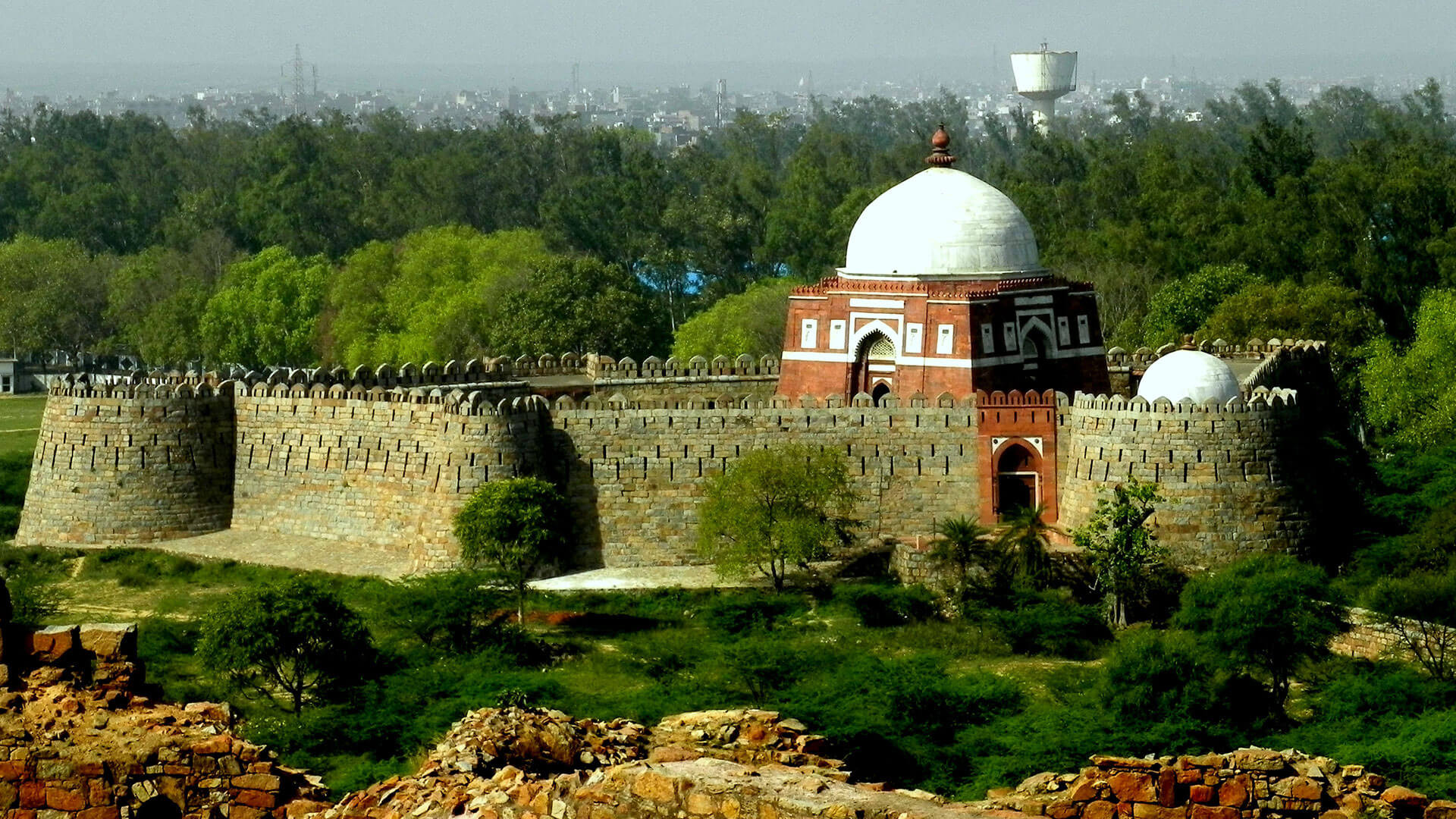
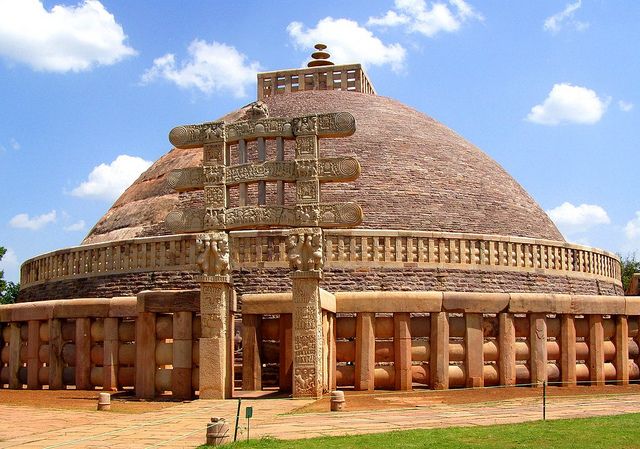
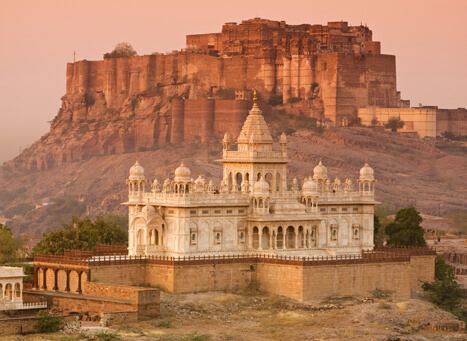
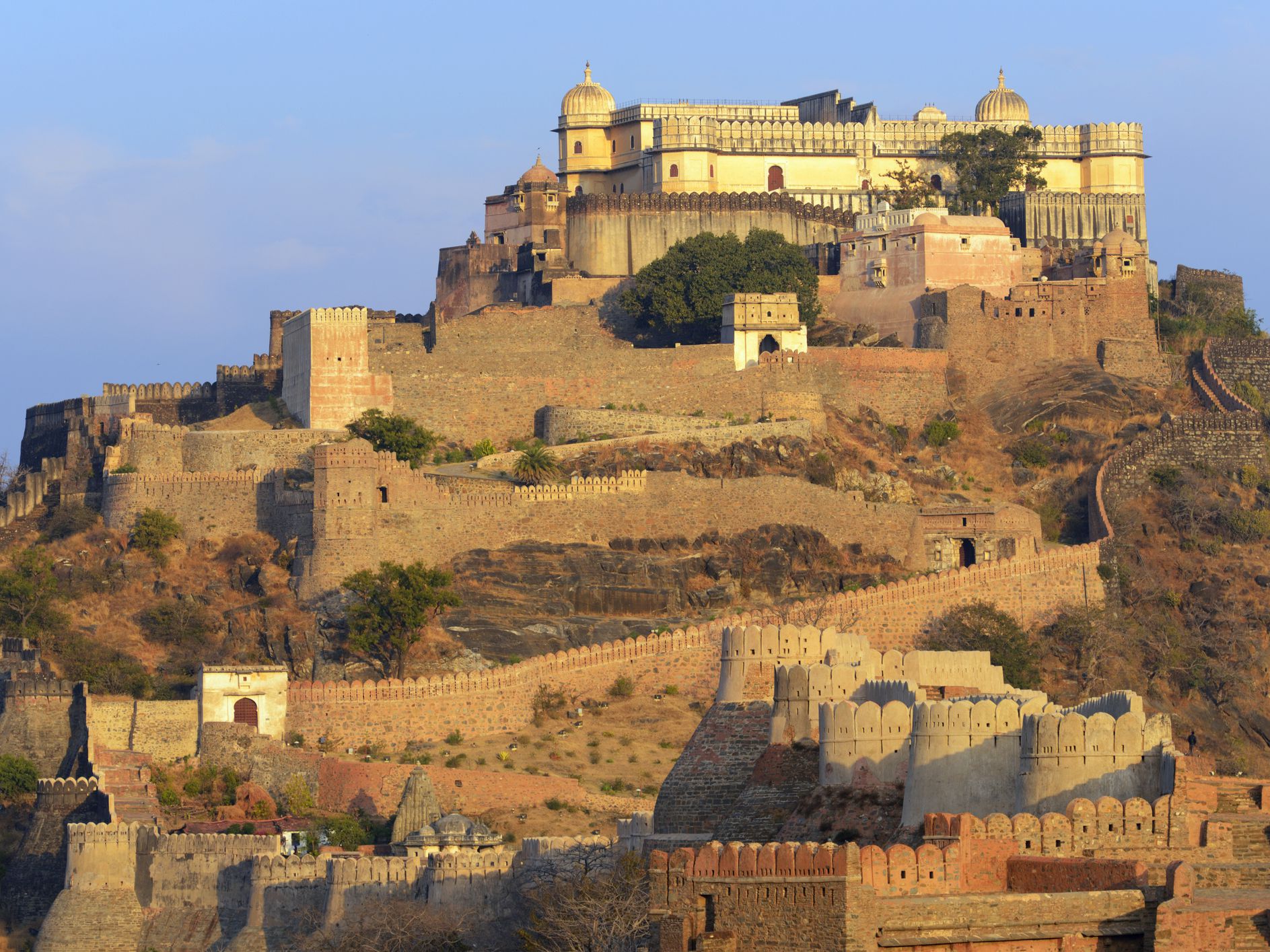


10 Comments
Comments are closed.